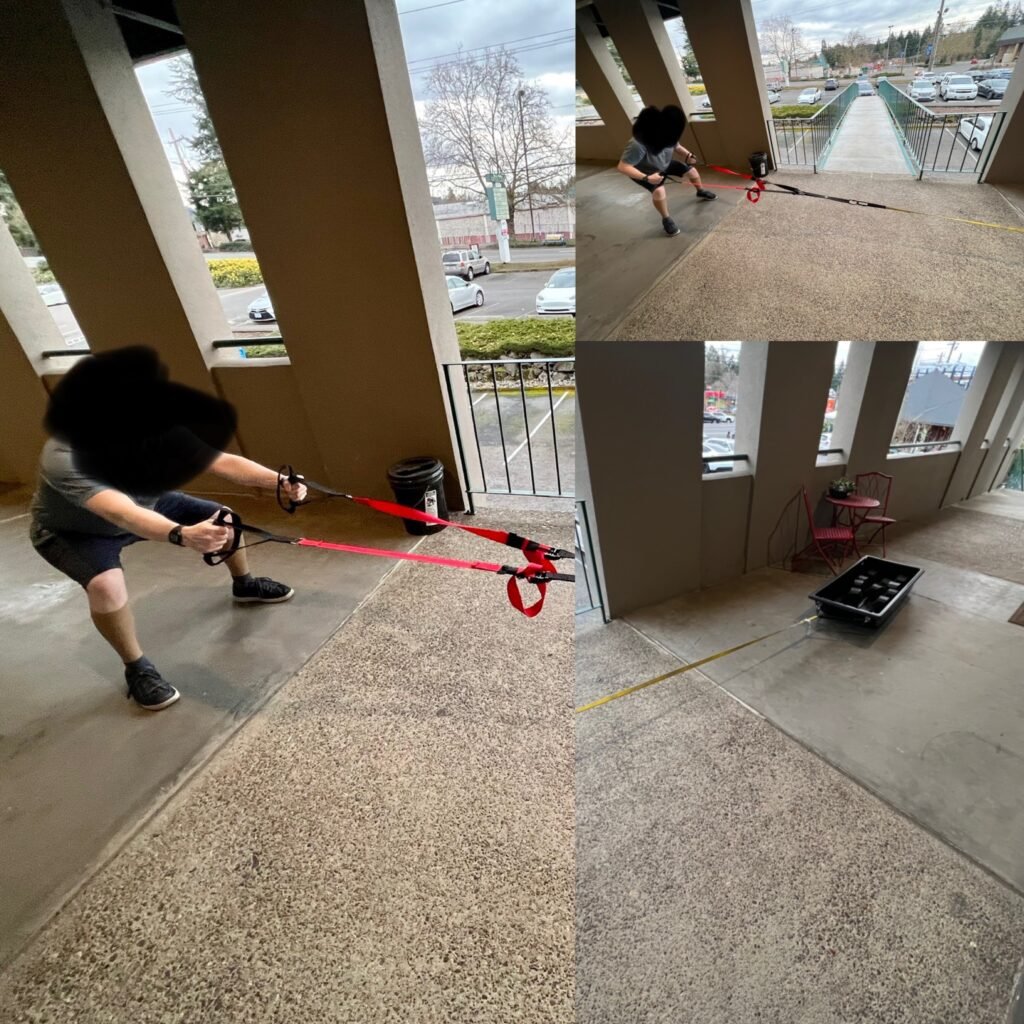
💡 What Is EDS and HSD?
People with Hypermobile Ehlers-Danlos Syndrome (hEDS), Classical EDS (cEDS), or Hypermobility Spectrum Disorders (HSD) deal with more than just flexibility. These are connective tissue disorders that affect collagen—leading to:
• 🤕 Joint instability & frequent dislocations
• 🔁 Chronic pain and muscle fatigue
• 😩 Anxiety, poor sleep, and fatigue
• 🚶♀️ Decreased proprioception and balance
• 💔 High injury risk & fear of movement (kinesiophobia)
But here’s the good news: 🧠 resistance training is not only safe—it’s essential.
Disclaimer: this information is for your education and should not be considered medical advice regarding diagnosis or treatment recommendations.
⸻
🧠 What the Research Shows (Based on Your Provided Articles)
1️⃣ Resistance Training Is Safe and Effective
The narrative review by Zabriskie et al. (2022) shows that people with hEDS and HSD can increase strength by up to 40% in as little as 12 weeks—even in the presence of chronic pain .
2️⃣ Training Improves More Than Just Muscles
Structured resistance training improves:
• 💪 Strength & muscle size
• 🦴 Bone density (especially at the femoral neck)
• 🔄 Proprioception and coordination
• 💃 Functional movement (e.g., walking, stair climbing)
• 🔐 Joint stability and injury prevention
3️⃣ It’s Also Key for Mental Health and Participation
The GoodHope EDS Rehab Program in Toronto demonstrates how a multidisciplinary model—with resistance training at the core—helps patients reduce fear of movement, improve participation in life roles, and regain independence .
⸻
🧍♀️ “But Isn’t It Risky to Lift Weights with Joint Instability”?
That’s a very common myth—and one that holds people back.
🛑 In reality, NOT training puts people at greater risk of:
• Frequent sprains & subluxations
• Loss of muscle mass
• Reduced bone strength
• Poor posture and fatigue
• Long-term disability
✅ When done progressively and professionally, resistance training builds the very systems that protect your joints.
⸻
🛠️ What Makes EDS/HSD Training Different?
✔️ Start with low-load, high-control movements
✔️ Emphasize body awareness and proprioception
✔️ Use slow tempo and isometric holds before heavy loads
✔️ Prioritize stability over speed
✔️ Gradually increase resistance over 8–12 weeks
Tools like:
• 🏋️♀️ Dumbbells, kettlebells, sleds, resistance bands, and cable machines
• 🦵 Blood Flow Restriction (BFR) for safe low-load strength
• 💻 Force plate and dynamometer based feedback (visual especially for isometric training and to track progress)
can all be used to build strength safely and effectively—without putting joints at risk.
⸻
👩🔬 What About Classical EDS (cEDS)?
Even patients with cEDS, a potentially more fragile subtype, benefited from a carefully designed 16-week resistance program, gaining functional strength and no adverse events according to the study by Sahin and colleagues .
The key? 🧑⚕️ Trained supervision, tailored loading, and pacing.
⸻
🏠 Real Stories, Real Recovery
In case studies:
• A 10-year-old with hEDS went from frequent shoulder subluxations to returning to normal activities after 11 weeks of structured resistance training.
• Adults with hEDS improved function, pain, and strength after consistent training—and experienced setbacks when they stopped their home program.
✨ Consistency is everything.
⸻
📍 Resistance Training for EDS in Hillsboro & Beaverton
At Pain & Performance Coach LLC, we help individuals with hEDS, cEDS, and HSD safely build strength and reclaim control of their lives.
Here’s what we offer:
• ✅ High-tech rehab tools: Voltra, BFR, Force Plates
• ✅ Custom training plans for hypermobility
• ✅ Collaboration with your specialists and support team
• ✅ Emotional support & education to reduce fear of movement
📍 Serving Hillsboro | Beaverton | Forest Grove | Cornelius | North Plains
📞 Call or book online to start your personalized hypermobility strength program
Disclaimer: this information is for your education and should not be considered medical advice regarding diagnosis or treatment recommendations.
